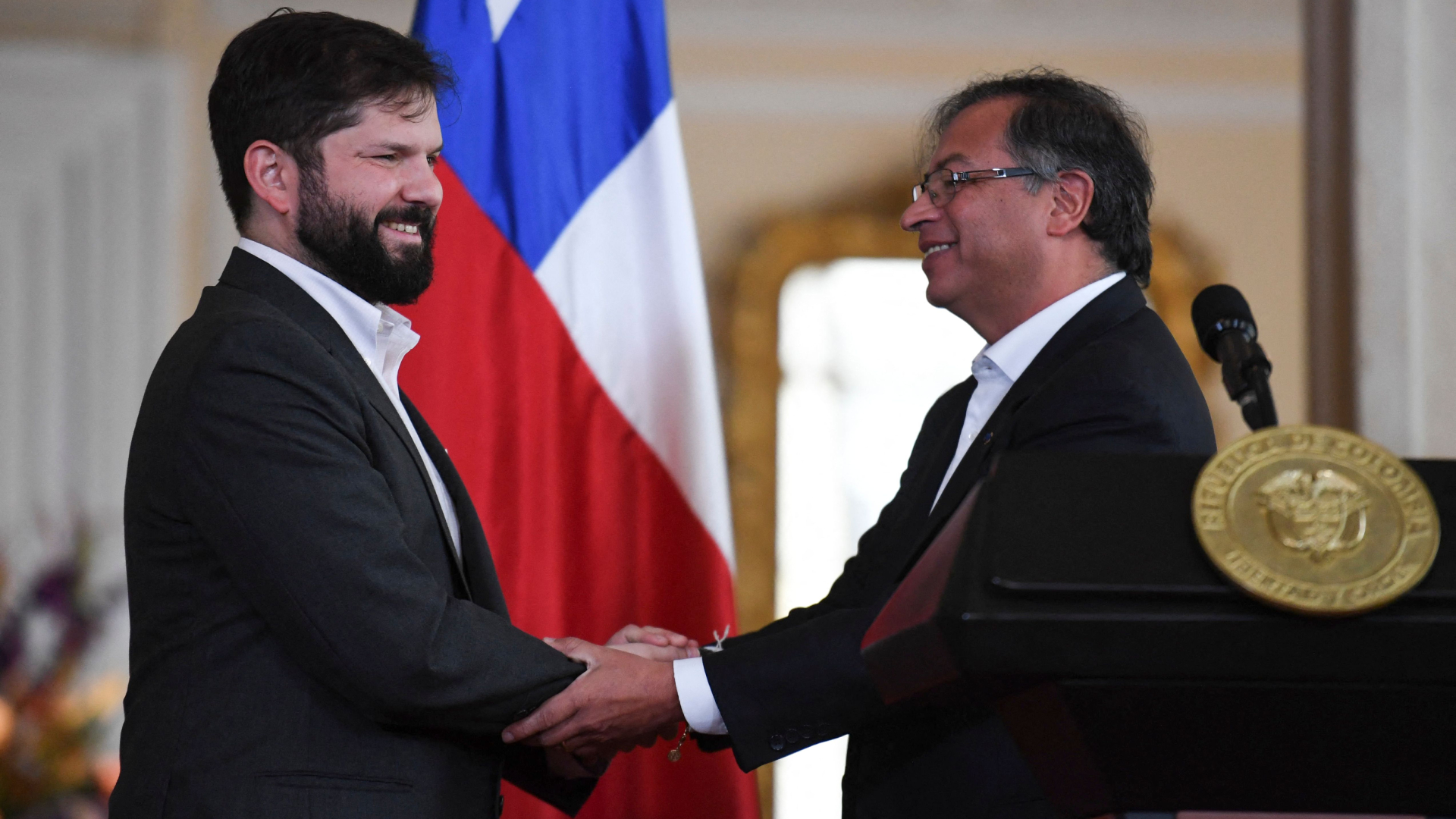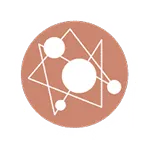At no other time since the 2000s and early 2010s have so many countries in Latin America been governed by left-wing presidents.
This assessment was issued to clients of Dragonfly’s Security Intelligence & Analysis Service (SIAS) on 27 October 2022.
The election of Gustavo Petro in Colombia was the latest in a series of victories for anti-conservative candidates at presidential polls in the region. These include Chile, Honduras and Peru last year, Bolivia in 2020 and Argentina in 2019. Brazil followed suit on 30 October with the election of former left-wing president Luiz Inacio Lula da Silva
A similar leftward shift across Latin America 20 years ago – the Pink Tide – led to significant political and economic changes. This was particularly in Bolivia, Ecuador, Nicaragua and Venezuela, and to a lesser extent Argentina. Leftist leaders in these countries nationalised major industries, reformed state institutions and constitutions to suit their interests and formed a united bloc that was overtly hostile to Western (mainly US) diplomatic interests in the region. The authoritarian tendencies of these leaders made these countries particularly vulnerable to crises.
We assess that a repeat of that version of the Pink Tide in Latin America is highly unlikely over the coming years. Most left-wing leaders currently in power in the region lack the legislative control and widespread public support that their predecessors were able to harness. Several, including in Chile and Colombia, are keen to impose new levies on businesses and to constrain environmentally-damaging activities, particularly those in extractives. But highly unfavourable economic conditions will make it difficult for them to introduce radical changes that would affect most firms operating in the region.
Anti-incumbent moment
Recent election results in the region mark significant milestones for several countries. Gustavo Petro became Colombia’s first left-wing president when he took office in August. Similarly, Pedro Castillo of Peru is the first candidate campaigning on an overtly leftist manifesto to have won a national poll there. And although left-of-centre presidents have governed Chile since the end of the Pinochet dictatorship in 1990, Gabriel Boric is the only one to have not come from one of the country’s long-established parties.
These results do not appear to reflect an ideological shift among the population, however. Voters seem to have primarily opted to remove unpopular governments. At the time of first-round presidential polls in Chile and Colombia, the approval rating of outgoing presidents was 18% and 23% respectively. Lula’s victory in the runoff election in Brazil on 30 October is the 15th successive win for an opposition candidate regardless of their political leading at free and fair presidential elections in the region. Indeed, left-wing candidates lost to conservative rivals in Ecuador in 2021 and in Uruguay in 2019.
Limited scope for radical change
We doubt that any of the current crop of left-wing governments will be able to enact the kind of radical changes that some of their predecessors did. This is particularly the case regarding constitutional reforms. Such changes in most countries in the region require the support of two-thirds of Congress, but no left-wing president in the region has anything approaching a supermajority in their respective legislatures. There are also signs that voters are wary of such dramatic shifts. In Chile, voters rejected adopting a proposed new constitution in September, in large part because it was perceived as being too left-wing.
Green taxes withering
Radical economic policies, such as government intervention or significant tax hikes, also seem unlikely. Many left-wing presidents campaigned promising to raise levies on businesses, particularly those perceived as being environmentally damaging. But most of them are likely to struggle to deliver on these pre-election pledges. For example:
- In Chile, President Boric on 26 October moderated tax rises for mining companies he had been proposing in recent months, capping a new sales tax at 1% rather than 4%
- In Colombia, in late September President Petro reportedly watered down the terms of a 10% levy on oil and gold exports; regarding the latter, the government scrapped the new tax altogether
- In Peru, a new finance minister publicly ruled out imposing a tax hike for mining companies that President Castillo had proposed in 2021
There appear to be two reasons for this. First, these presidents have faced pushback from their respective legislatures. For example, before the Castillo government’s u-turn on mining taxes, the opposition-controlled Congress removed new taxes from the president’s tax reform bill. Lula has proposed raising various taxes on high earners and dividends in Brazil should he become the next president. But his Workers’ Party failed to win control of either house of Congress at a general election on 2 October, meaning that he would probably be forced to moderate his plans as well.
Second, global economic conditions are also likely to put left-wing governments off potentially spooking investors or prompting capital flight. Pink Tide governments were able to rely on high commodity prices and low US interest rates. This made government borrowing cheap and enabled significant social spending. Today, Latin America faces accelerating inflation and rising US interest rates. As a result, new administrations are largely opting for economic continuity; the presidents of Chile, Colombia and Peru have each appointed mainstream economic ministers or central bank leaders.
Anti-US sentiment unlikely to resurge
A new bloc of governments that ideologically opposes US influence in Latin America is unlikely to emerge in the coming years. No left-wing leaders there have made regional integration along ideological lines a priority. And several have shown a willingness to continue engaging with the US on diplomatic and security issues, albeit while demanding changes to Washington’s current approach:
- President Petro signalled to the US Secretary of State that Colombia was still open to intelligence sharing on drug trafficking, despite publicly calling for an end to the so-called ‘war on drugs’
- President Boric echoed the Biden administration’s criticism of human rights violations by the nominally leftist governments in Cuba, Nicaragua and Venezuela in September, though he has also called for these countries to be invited to the next Summit of the Americas (President Biden had excluded them from the last meeting in June)
Most Latin American governments – both left-wing and conservative – will probably pursue a policy of non-alignment on geopolitical affairs. They are likely to seek to maintain good diplomatic and economic ties with both the US, as well as China and Russia, albeit to a lesser extent. This will allow them to maintain a high degree of autonomy in their domestic and foreign policy positions while seeking to counterbalance their reliance and indebtedness on either the West or its opponents. Several countries in the region have sought loans from both the IMF and Beijing.
Image: Chilean President Gabriel Boric (left) shakes hands with his Colombian counterpart Gustavo Petro (right) during a press conference. Photo by Juan Barreto via Getty Images.




